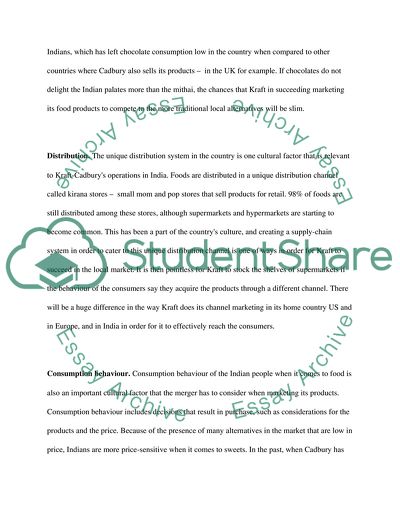Cite this document
(“Kraft s Cadbury acquisition Essay Example | Topics and Well Written Essays - 2500 words”, n.d.)
Kraft s Cadbury acquisition Essay Example | Topics and Well Written Essays - 2500 words. Retrieved from https://studentshare.org/miscellaneous/1566091-kraft-s-cadbury-acquisition
Kraft s Cadbury acquisition Essay Example | Topics and Well Written Essays - 2500 words. Retrieved from https://studentshare.org/miscellaneous/1566091-kraft-s-cadbury-acquisition
(Kraft S Cadbury Acquisition Essay Example | Topics and Well Written Essays - 2500 Words)
Kraft S Cadbury Acquisition Essay Example | Topics and Well Written Essays - 2500 Words. https://studentshare.org/miscellaneous/1566091-kraft-s-cadbury-acquisition.
Kraft S Cadbury Acquisition Essay Example | Topics and Well Written Essays - 2500 Words. https://studentshare.org/miscellaneous/1566091-kraft-s-cadbury-acquisition.
“Kraft S Cadbury Acquisition Essay Example | Topics and Well Written Essays - 2500 Words”, n.d. https://studentshare.org/miscellaneous/1566091-kraft-s-cadbury-acquisition.


